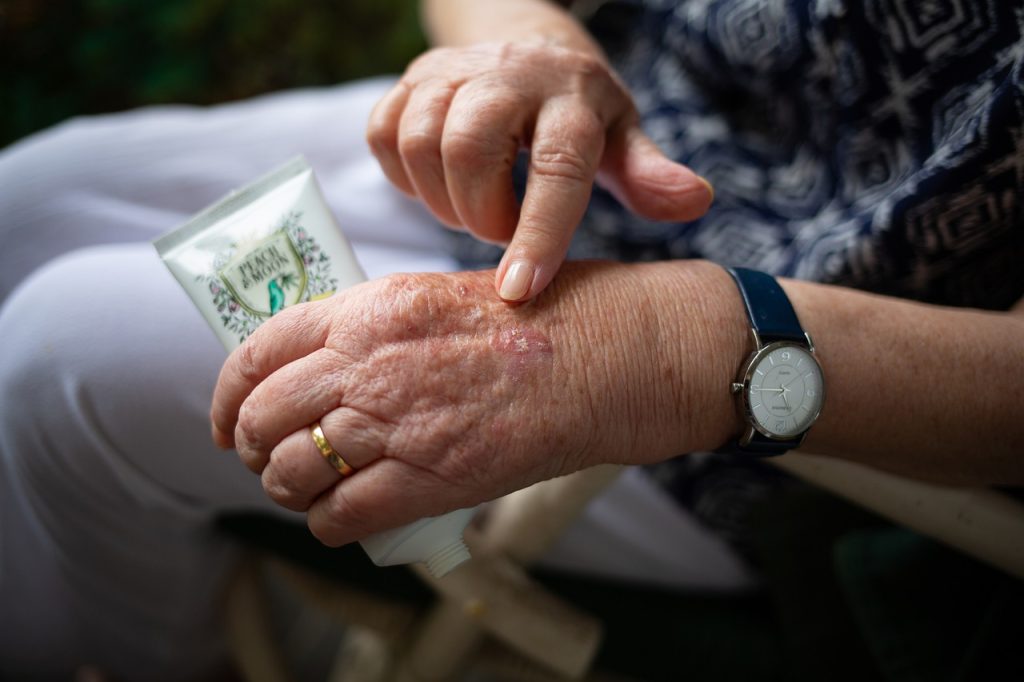
Relief could be on the way for people with painful hand osteoarthritis after a new study found an affordable existing drug can help. Until now there has been no effective treatment.
Published in The Lancet, the paper investigated methotrexate, a low-cost, effective treatment for inflammatory joint conditions such as rheumatoid arthritis and psoriatic arthritis. It has been widely used in Australia and globally since the early 1980s.
Researchers led by Monash University and Alfred Health found that methotrexate reduced symptoms in those with hand osteoarthritis (OA). A 20mg weekly oral dose over six months had a moderate effect in reducing pain and stiffness in patients with symptomatic hand OA.
Hand OA is a disabling condition that causes pain and affects function, impeding daily activities such as dressing and eating. It can significantly reduce quality of life. About one in two women and one in four men will experience symptoms from hand OA by the time they turn 85.
About half will have inflamed joints, which cause pain and are associated with significant joint damage. Despite the high prevalence and disease burden, there are no effective medications.
Senior author Professor Flavia Cicuttini said that the study identified the role of inflammation in hand OA and the potential benefit of targeting patients who experience painful hand OA.
“In our study, as with most studies of osteoarthritis, both the placebo group and methotrexate groups’ pain improved in the first month or so,” Professor Cicuttini said.
“However, pain levels stayed the same in the placebo group but continued to decrease in the methotrexate group at three and six months, when they were still decreasing. The pain improvement in the methotrexate group was twice as much as in the placebo group.
“Based on these results, use of methotrexate can be considered in the management of hand osteoarthritis with an inflammatory pattern. This provides clinicians with a treatment option for this group, which tends to get more joint damage.”
Professor Cicuttini said in patients with hand OA and inflammation, the effects of methotrexate were present at about three months and by six months it was very clear if it worked.
“At that time patients and their doctors can decide whether to continue or stop it,” she said. “This is very similar to what we currently do with other forms of inflammatory arthritis.”
The randomised, double-blind, placebo-controlled trial of 97 people with hand OA and MRI-detected inflammation assessed whether 20mg of methotrexate weekly reduced pain and improved function compared to placebo in patients with symptomatic hand OA and synovitis (inflammation) over six months.
Professor Cicuttini said the results could provide relief for people with hand OA inflammation, which was particularly common in women as they experienced menopause.
“Further trials are needed to establish whether the effect of methotrexate extends beyond six months, for how long we need to treat patients, and whether methotrexate reduces joint damage in patients with hand osteoarthritis and associated inflammation,” she said.
Professor Cicuttini now plans to conduct an extension trial to address these questions, in particular whether women who develop hand OA around menopause and often have severe pain and joint damage may benefit.
Source: Monash University

